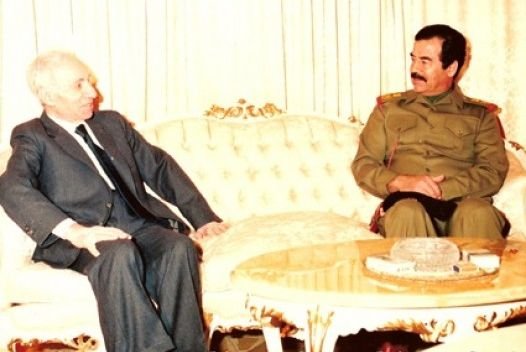As part of examining the legacy of left-wing nationalism, Katie Barker and Dan Fisher look into the history of African Socialism.
When African countries began to gain independence from European Imperialism after the Second World War, many chose to reject the economic system of their former overlords, capitalism, and look to alternative models.
With independence achieved, the unity of these new nations would have to be maintained by means beyond anti-colonial nationalism. Instead ‘African socialism’ would play that role. This was to be a socialism without class struggle. Instead, resources would be shared according to African traditions. Although developing in slightly different ways depending on the leader and country, the main architects of African Socialism, Julius Nyerere of Tanzania, Modibo Keita of Mali, Léopold Senghor of Senegal, Kwame Nkrumah of Ghana and Sékou Touré of Guinea, did share common principles.
It is important to distinguish African Socialism from Afrocommunism, which was Marxist-Leninist in outlook and applied the principle of class struggle to Africa and called for closer alignment with the Soviet Bloc.
Wherever it became the dominant ideology, African Socialism followed three key strategies: social development guided by a large public sector, consolidation of an ‘African’ identity, and the avoidance of the development of social classes within society. Senghor of Senegal claimed that “Africa’s social background of tribal community life not only makes socialism natural to Africa but excludes the validity of the theory of class struggle.” African socialism would differ markedly from European Socialism in this regard. Tanzania under Julius Nyerere serves as a good example of African Socialism in practice.
Nyerere’s Tanzania followed the ideology of Ujamaa, which saw the development of autarkic social and economic policies. Coming from the Swahili word for ‘extended family’, Ujamaa emphasised that it is only through community that a person becomes a person. In the 1967 Arusha Declaration, Nyerere identified what he saw as the biggest stumbling block for African nations: “We have chosen the wrong weapon for our struggle, because we chose money as our weapon. We are trying to overcome our economic weakness by using the weapons of the economically strong – weapons which in fact we do not possess. By our thoughts, words and actions it appears as if we have come to the conclusion that without money we cannot bring about the revolution we are aiming at. It is as if we have said, “Money is the basis of development. Without money, there can be no development.” However, Nyerere’s collective farming projects were to prove disastrous for Tanzania’s economy.
Nyerere argued that all divisions could be contained within one party and therefore Tanzania should be a one-party state. As he cracked down on dissent, Abdul Rahman Mohammed Babu, an influential critic of Nyerere, was imprisoned.
Whilst in prison, he wrote a criticism of African socialism that was smuggled out of the country and later published as African Socialism or Socialist Africa? Babu opined that African socialists had failed to offer anything new and had pursued export-oriented strategies that perpetuated Africa’s dependency on foreign investment and aid. Instead of African Socialism, he called for working-class organization and for the development of Africa’s productive forces. This work was the end of the intellectual case for African Socialism, although the economic reality of its failure was already clear. Repressive regimes wielding power in the name of African Socialism had proved to be little different to their conservative counterparts.
Ultimately, the core purpose of African Socialism was to maintain unity – not to address and alleviate inequalities and exploitation. Rather than seeking to change the status quo, it served to reinforce it and justify existing power structures.








Article Discussion